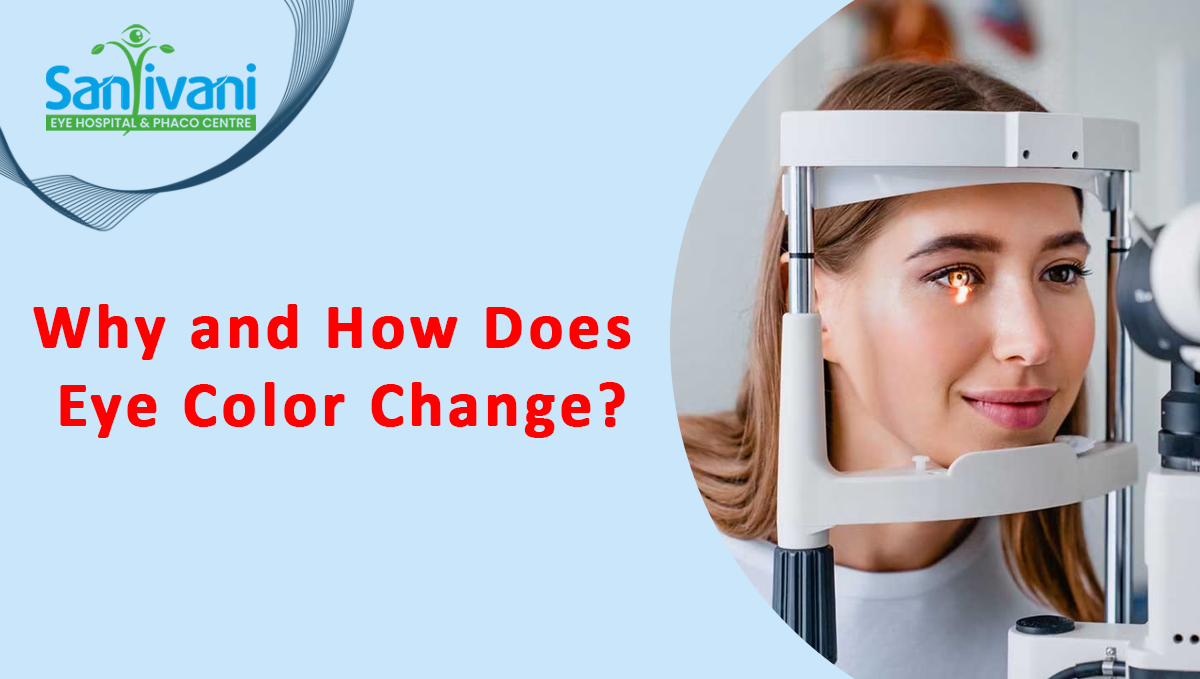
Why and How Does Eye Color Change?
Introduction
Eye color is a fascinating aspect of human genetics and biology. While most people are born with a specific eye color, it's not uncommon for eye color to change over time. In this article, we will explore the reasons behind changes in eye color and the factors that influence this fascinating phenomenon.
1. Genetics:
Genetics plays a significant role in determining eye color. The amount and distribution of melanin, the pigment responsible for eye color, are determined by specific genes inherited from parents. Eye color is typically categorized into shades of brown, blue, green, or hazel, with variations influenced by the combination of genes inherited from both parents.
2. Melanin Production:
The amount of melanin in the iris, the colored part of the eye, determines its hue. Higher levels of melanin result in darker eye colors such as brown, while lower levels produce lighter colors such as blue or green. Changes in melanin production over time, influenced by factors such as age, hormonal fluctuations, and exposure to sunlight, can cause shifts in eye color.
3. Age:
It's not uncommon for eye color to change with age, particularly during infancy and early childhood. Babies are often born with blue or gray eyes due to low levels of melanin in the iris. As melanin production increases during the first few years of life, eye color may darken or change to brown, green, or hazel. However, significant changes in eye color beyond childhood are rare but can occur due to other factors.
4. Sunlight Exposure:
Exposure to sunlight can affect melanin production in the iris, leading to changes in eye color over time. Prolonged exposure to ultraviolet (UV) radiation from sunlight can stimulate melanin production, causing the eyes to darken or develop flecks of color. Conversely, limited sunlight exposure may result in lighter or faded eye colors.
5. Hormonal Changes:
Hormonal fluctuations, particularly during puberty, pregnancy, and menopause, can influence melanin production and cause temporary changes in eye color. Increased levels of estrogen and other hormones can stimulate melanin production, leading to darkening of the iris. Similarly, hormonal changes associated with aging or certain medical conditions may also affect eye color.
6. Eye Diseases and Conditions:
Certain eye diseases and conditions, such as glaucoma, Horner's syndrome, and pigment dispersion syndrome, can cause changes in eye color as a result of damage to the iris or alterations in melanin distribution. In some cases, treatments for these conditions, such as medications or surgery, may also affect eye color temporarily or permanently.
7. Medications and Drugs:
Some medications and drugs may impact melanin production or affect the structure of the iris, resulting in changes in eye color as a side effect. For example, certain prostaglandin analogs used to treat glaucoma may cause darkening of the iris as a common side effect.
8. Trauma or Injury:
Trauma or injury to the eye, such as a blow to the head or penetrating injury, can damage the iris and alter its appearance, leading to changes in eye color. While rare, significant trauma or surgery to the eye may cause permanent changes in eye color as a result of scarring or tissue damage.
Conclusion
Eye color is determined by complex genetic factors and influenced by a variety of environmental, hormonal, and physiological factors. While most people are born with a specific eye color, it's not uncommon for eye color to change over time due to factors such as age, sunlight exposure, hormonal fluctuations, and eye diseases or conditions. Understanding the reasons behind changes in eye color can help individuals appreciate the diversity and complexity of human biology and genetics.